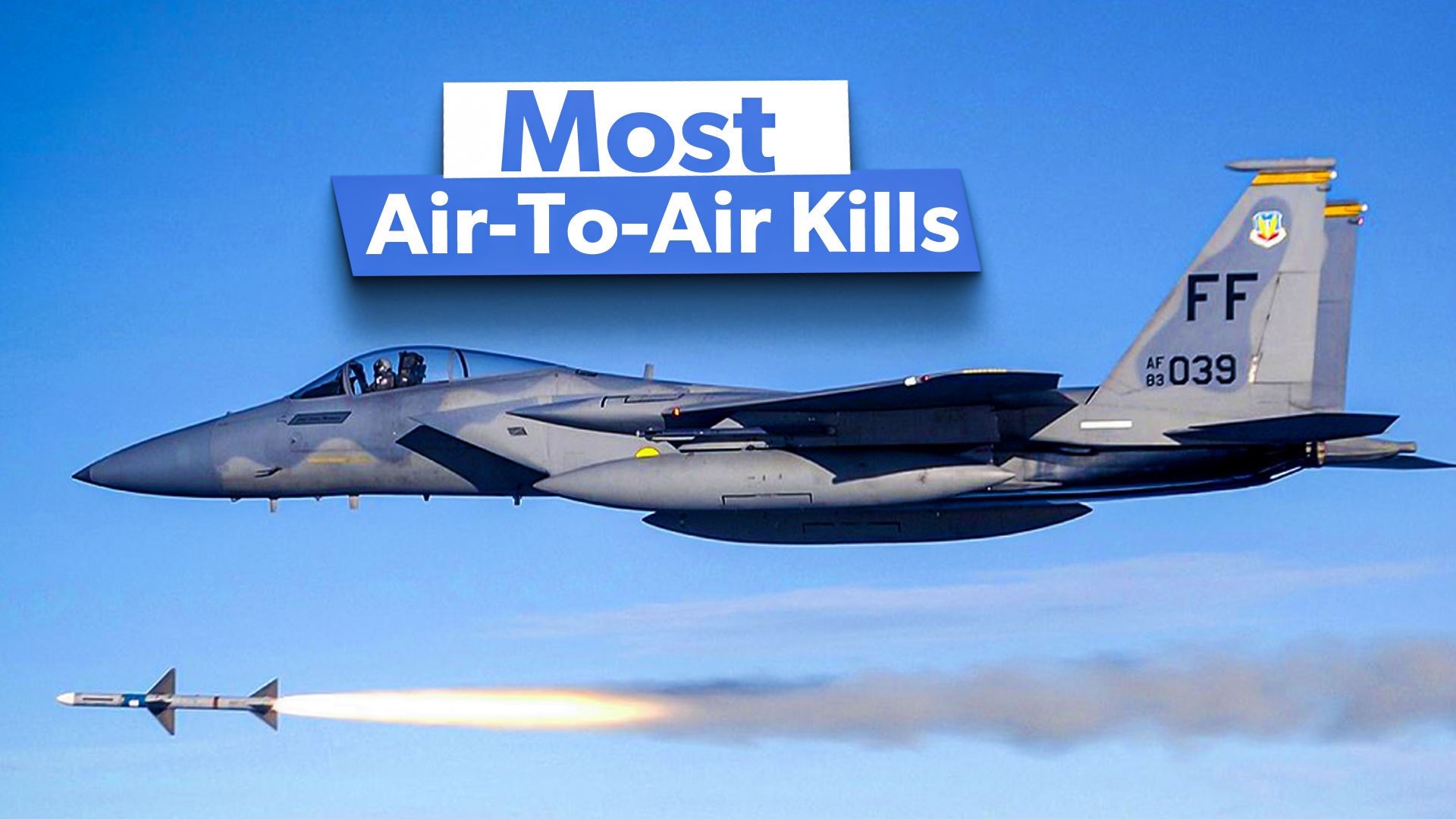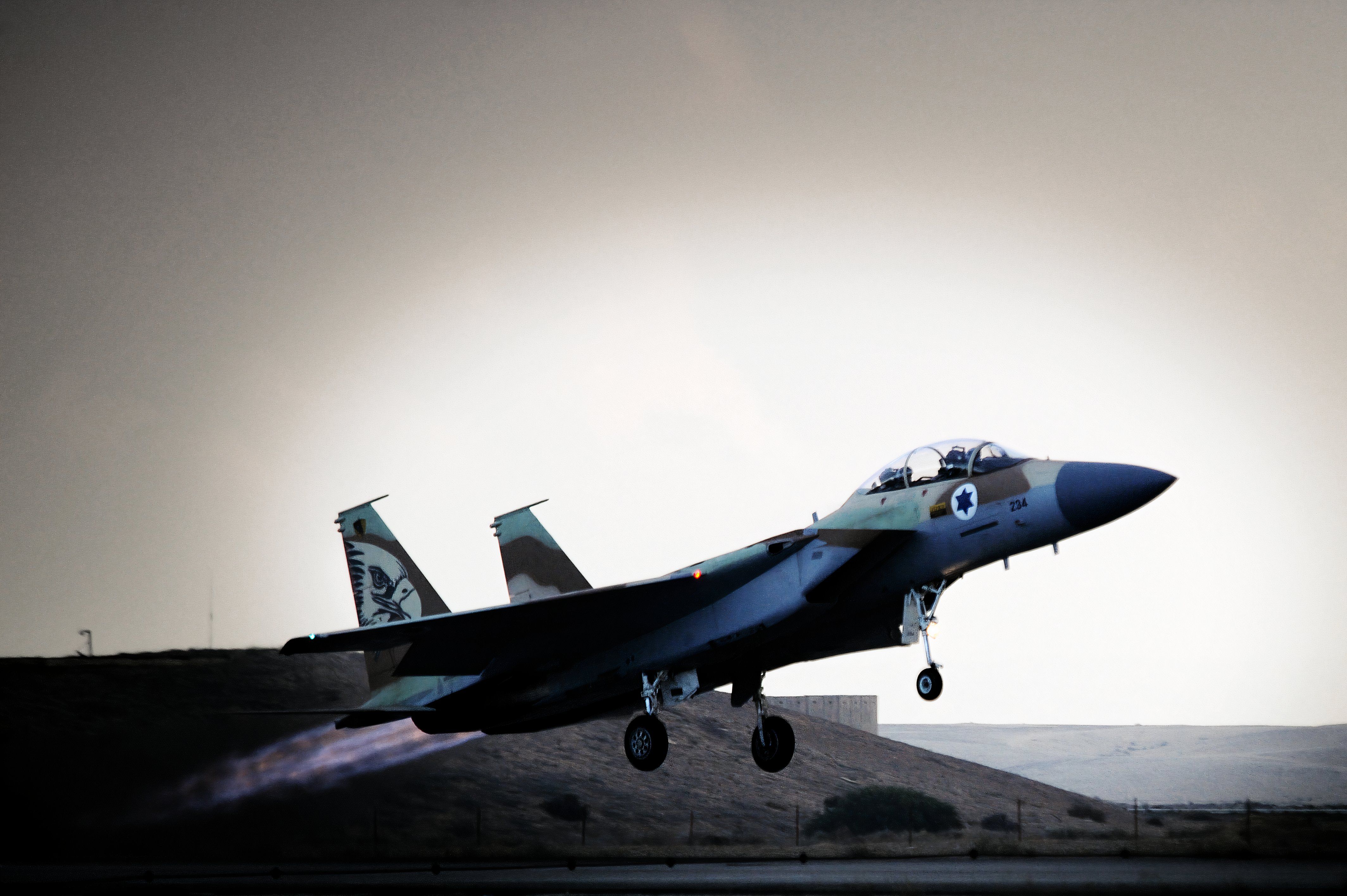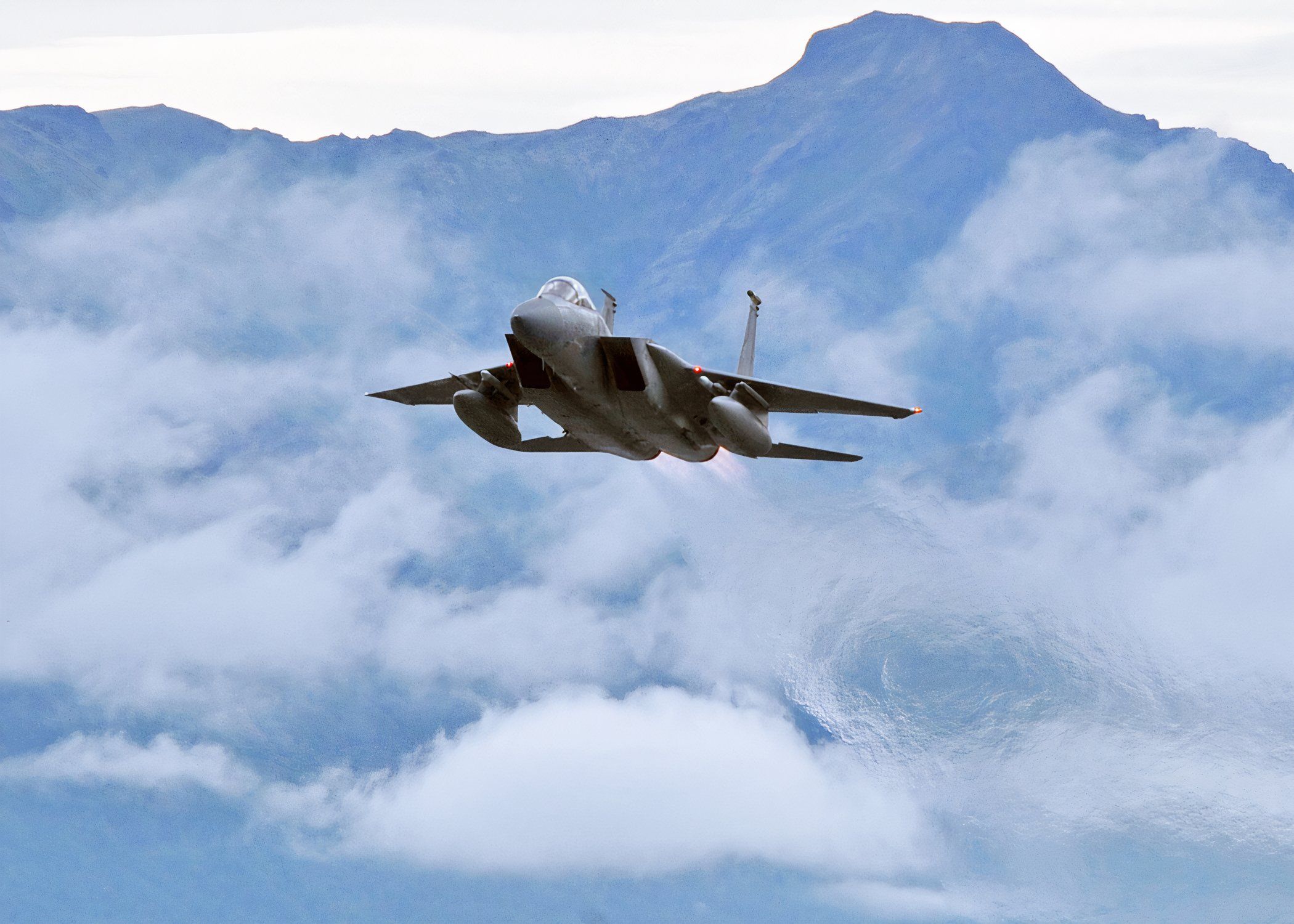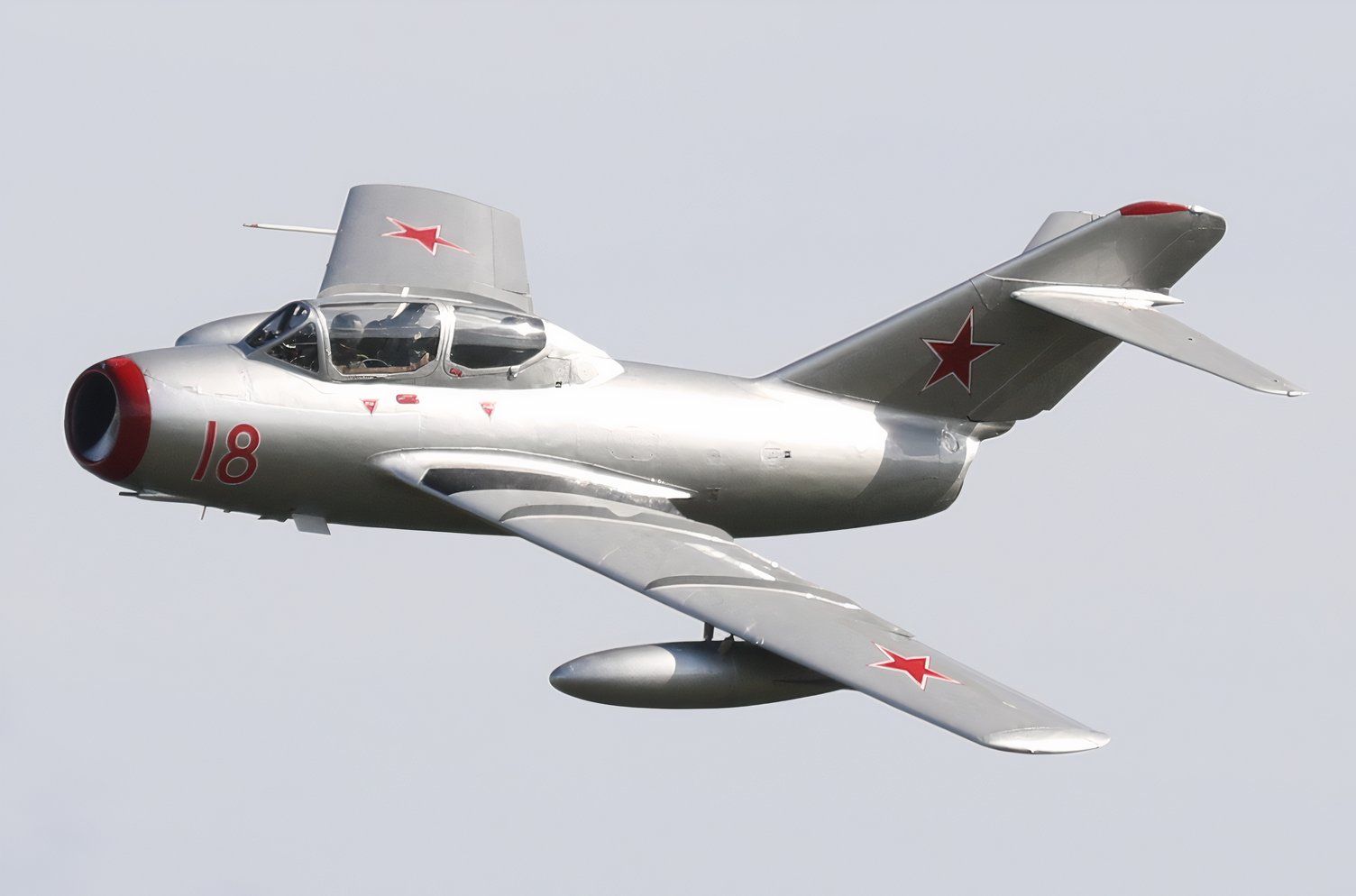The McDonnell Douglas
F-15 Eagle twin-engine, all-weather fighter has been credited with more air-to-air kills than any other United States jet fighter. The McDonnell Douglas F-15 Eagle can trace its origins back to the Vietnam War (1955-1975) when both the United States Navy (USN) and United States Air Force (USAF) were looking for a new tactical fighter jet.
While then-Defense Secretary Robert McNamara wanted both branches of the military to use the same plane to keep costs down, the USN and the USAF had different criteria for the new plane. The USN wanted a plane that could perform various missions and have a long loiter time. In contrast, the USAF wanted a fast, light, highly maneuverable aircraft superior to Soviet MiGs.
At the height of the Cold War
On July 9, 1967, the West got its first glimpse of the Mikoyan-Gurevich MIG-25 when it was revealed to the public at Domodedovo airfield near Moscow. Codenamed “Foxbat” by NATO, when military planners first saw the plane, they thought it was a very fast, highly maneuverable aircraft.
The West had no comparable aircraft in terms of the MiG-25’s design and its ability to fly at Mach 3. Now panicked that they could lose air superiority in a conflict with the MiG-25, the USAF changed its criteria and wanted a plane that could match the MiG-25’s speed. In 1968, the USAF issued a proposal for a new plane that needed to meet the following criteria:
- A single-seat fighter jet
- Powered by twin engines
- An MTOW of 40,000 lbs
- A top speed of Mach 2.5
- A thrust-to-weight ratio of 1:1
In December 1969, the USAF selected the McDonnell Douglas proposal and, fearing a program cancellation, opted to skip the prototype phase and go straight to production. The McDonnell Douglas F-15 Eagle made its maiden flight on July 27, 1972, and entered service with the USAF in November 1974.
Photo: Israel Defense Forces
On June 27, 1979, an Israeli F-15 scored its first air-to-air kill when Israeli Air Force (IAF) pilot Moshe Melnik shot down a Syrian MiG-21 over Lebanon using a Python 3 missile. During the same mission, IAF pilot Eitan Ben-Eliyahu achieved the F-15’s first gun kill, shooting down another Syrian MiG-21 with its M61 Vulcan cannon. During the 1982 summer invasion of Lebanon, Israeli F-15s are credited with shooting down 41 Syrian aircraft.
On June 5, 1984, Royal Saudi Air Force F-15s were scrambled after two Iranian Air Force F-4 Phantoms had strayed into Saudi airspace. Fearing the Iranian jets were planning to attack tankers, the Saudi F-15s fired AIM-9 Sidewinder missiles, shooting down one of the jets and forcing the other damaged jet to make an emergency landing on Kish Island.
USAF and the McDonnell Douglas F-15 Eagle
In the run-up to the first Gulf War (1990-1991) following Haddam Husein’s invasion of Kuwait, the USAF began deploying F-15S to air bases in the Middle East. During Operation Desert Storm, USAF F-15s are credited with shooting down 36 of the 39 air-to-air victories.
Photo: USAF
In support of NATO during NATO’s 1999 intervention in Kosovo, on February 8, 1994, USAF F-15s from Aviano Air Base in northwestern Italy shot down four Serbian MiG-29s.
Since first entering service with NATO and allies, the McDonnell Douglas F-15 Eagle has been credited with 104 air-to-air victories without a single plane being shot down.
Air-to-air combat between jet fighters
Since the German Messerschmitt Me 262 arrived on the scene in mid-1944, jet-powered aircraft have been involved in aerial combat. The first air-to-air kill by a fighter jet took place on August 8, 1944, when a Me262 piloted by Lt. Joachim Weber shot down a British reconnaissance de Havilland DH.98 Mosquito over Munich.
By the time of the Korean War (1950-1953), the Soviet Union had developed the Mikoyan-Gurevich MiG-15, a swept-wing jet fighter built using information from captured German engineers. At the time, the West’s straight-wing fighters were no match for the Soviet MiG, yet despite the imbalance, the first air-to-air jet kill took place on November 8, 1950, when a Lockheed P-80 Shooting Star piloted by Lt. Russell J. Brown, shot down a MiG-15 near the Yalu River on the border between China and North Korea.
Even though the P-80 had the ability to shoot down a MiG-15, it was a one-off, as the West’s jet fighters were no match against the Soviet MiGs in a dogfight. To combat the maneuverability of the MiG-15, North American Aviation developed the F-86 Sabre, a highly maneuverable fighter jet with characteristics similar to those of its Soviet counterpart.
The Vietnam War (1955-1975)
During WWII and the Korean War, jet-powered fighter jets relied on canon fire to shoot down enemy aircraft. This changed in the late 1950s when the United States Navy (USV) and United States Air Force (USAF) began replacing canons with air-to-air missiles. Nearly all the early McDonnell Douglas F-4 Phantom IIs were armed only with air-to-air missiles.
During the Vietnam conflict, the primary role of USAF fighter jets was to prevent North Vietnamese MiGs from attacking American bombers. Despite being equipped with old Soviet aircraft, the North Vietnamese Air Force’s goal was to get American planes to jettison their bombs early and disrupt their mission.
When the North Vietnamese began receiving MiG-21s in 1966, they combined them with their MiG-17s using hit-and-run guerrilla war air attacks that would target American aircraft with one pass and then high tail it to a safe northern airfield or the sanctuary of communist China.
As the Americans began to lose more aircraft to the North Vietnamese, they reintroduced cannons on planes and went back to traditional dogfighting tactics. Despite bringing back guns, air-to-air missiles remain the primary weapon of choice for pilots when engaging enemy aircraft. In fact, according to Intergalactic, the F-15 has never lost a dogfight!




